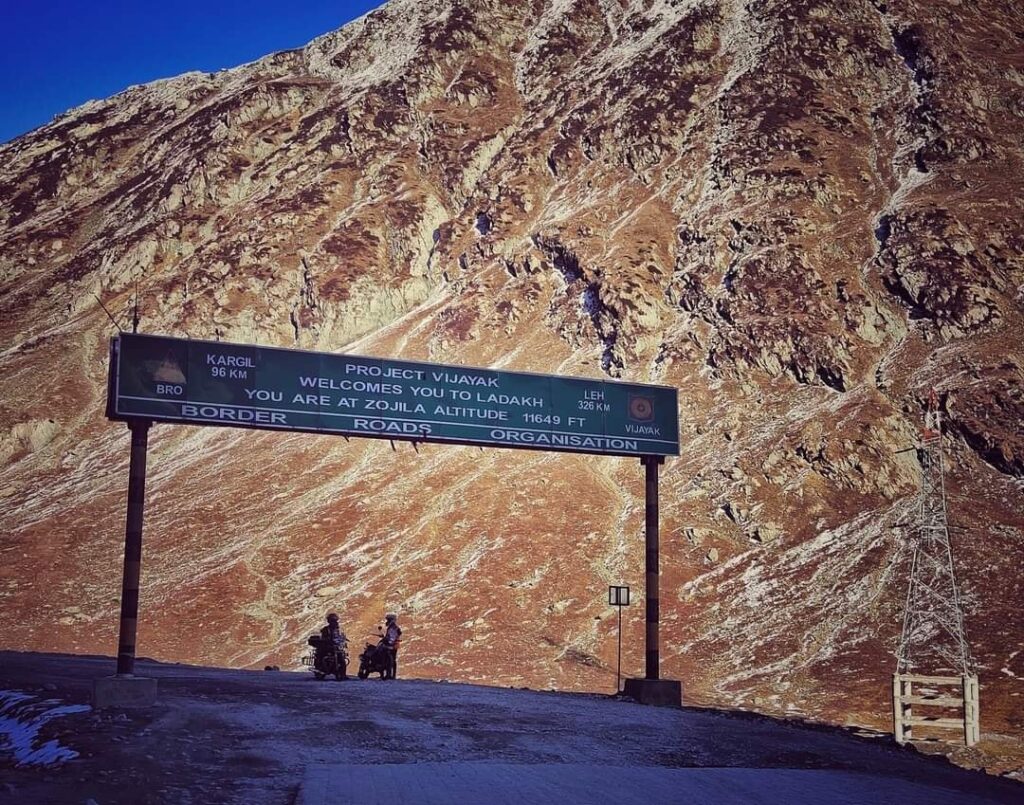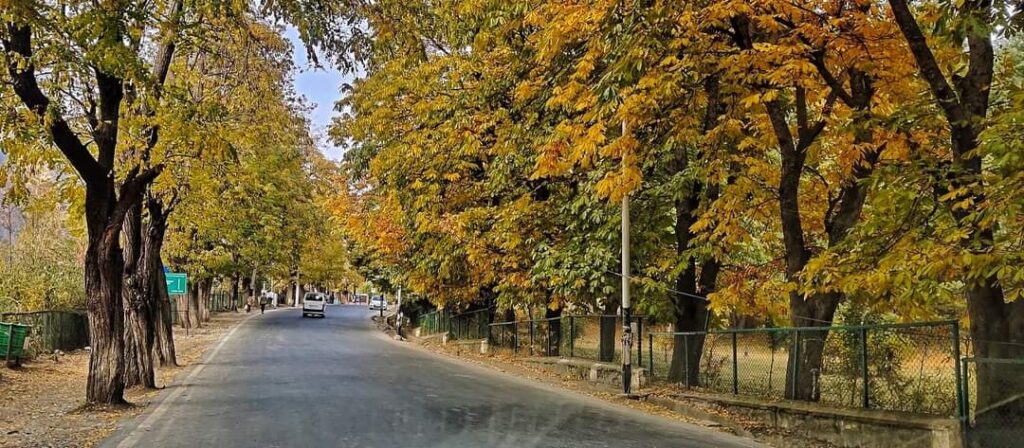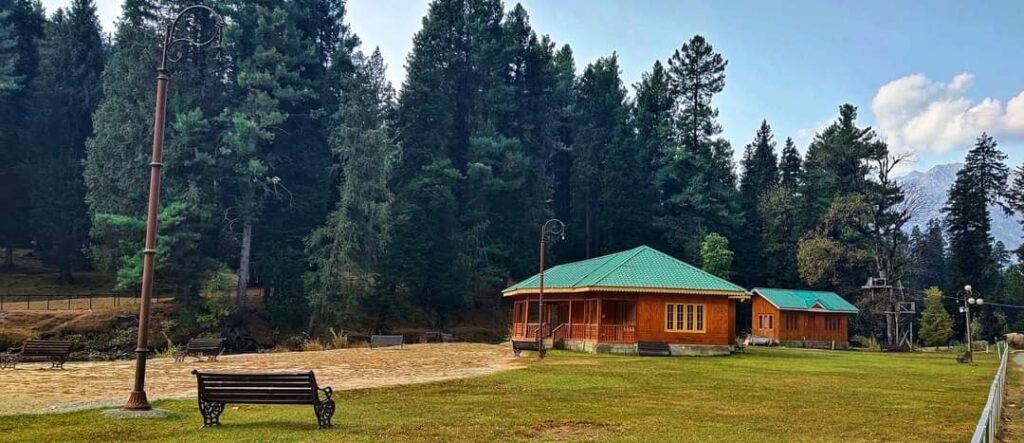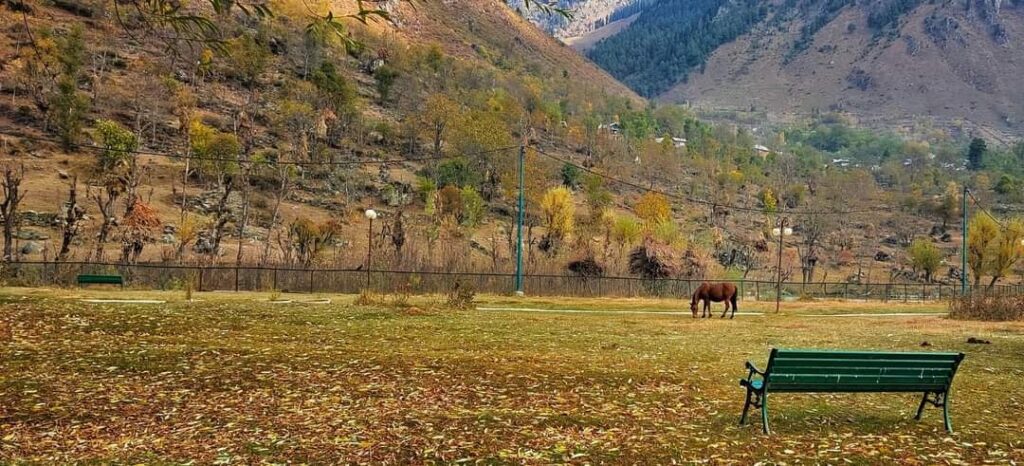When we speak about History of Kashmir, Ladakh parts do not come in it. We will talk about Kashmir’s ancient and mythological history in Jammu and Kashmir, but some parts of its history connects to Jammu too. It is said that Kashmir has been the oldest district or state of India. The reference of Jammu and Kashmir is also found in Mahabharata. Recently received from Akhnoor, Hadappa carpet remains and artworks of Maurya, Kushan and secret period reveal the ancient history of Jammu.
Jambudweep’s King Agnigra was the first rule over this entire region. Some scholars believe that Indra was the first rule. Although later here in Satyuga, Kashyap Rishi ruled. Thousands of years before Lord Ram’s time, first Manu Swayambhuv Manu and son of Priyavrata settled this India, then his name was something else. Kashmir was a district under his ruler.
Although according to mythological opinion it is believed that Kashyap Sagar (Caspian Sagar) and Kashmir’s ancient name was named after the Kashmir. According to researchers, the secret of the people of Rishi Kashyap’s clan spread from Caspian Sagar to Kashmir. The history of Kashyap Rishi is considered ancient. Lord Shiva’s masses had power around Kailash Mountain. In that area, the Daksh Raja also had an empire.
It is said that Kashyap Rishi was the first king of Kashmir. They made Kashmir the state of their dreams. Snakes originated from the womb of his wife Kadru, which contained 8 major snakes- Anant (Sash), Vasuki, Takshak, Karkotak, Padma, Mahapadma, Shankha and Kulik. From these the serpent was established. Even today in Kashmir, these snakes have names of places in the name of places. Anantnag of Kashmir was the capital of Nagvanshi.
According to the story of Rajtarangini and Neelam Puran, the valley of Kashmir used to be a very big lake. Kashyap Rishi took out water from here and converted it into panoramic natural site. This is how Kashmir valley came into existence. Although, according to geologists, Khadiyanayar, Baramulla, the lake water flowed out due to the collapse of mountains and thus became a place to live in Kashmir. Rajtarangini 1184 BC is an authentic document of the ancient dynasty and kings of Kashmir from King Gonand to King Vijay Simha (1129 AD).




Ancient places of Kashmir
Even today there are places in Kashmir in the name of snakes – such as Anantnag, Kamru, Kokarnag, Verinag, Naranag, Kausarnag etc. Thus Baramulla’s ancient name was Warah original. This was the center of worship of Varah incarnation in ancient times. Varahmool means ‘pig beard or teeth. Warah God lifted the earth with his teeth. Similarly Kashmir’s Badgam, Pulwama, Kupwara, Shopian, Ganderbal, Bandipura, Srinagar and Kulgam districts have its next ancient and mythological history.
This history is associated with Kashmiri Pandits. The culture of Kashmiri Pandits is more than 6000 years old and they are the natives of Kashmir. So if anyone says India has occupied Kashmir then it is totally wrong. Pakistan has occupied half of Kashmir which is called POK.
Kashmir has been under Gandhar, Kamboj and Kuru districts
Three of the 16 Mahajanapadas of India came under the Gandhar, Kamboj and Kuru Mahajanpad in part of East Kashmir during the Mahabharat period. Gandhar- Today’s western and the eastern region of Pakistan was India’s Gandhar state in that time. Modern Kandahar was located a bit south of this area. At the time of Alexander’s attack on India, there were many small kingdoms in Gandhar, such as Abhisar, Takshila etc. Purushpur (Modern Peshawar) and Takshashila were its capital. It existed from 600 BC to the 11th century. Remarkable that in the Sabha festival Mahabharata, the town named Abhisari which was located in the hills of Tails, Rajouri and Bhimbhar at the west of the Chinab river.
Kamboj- Kamboj Mahajanapad was expansion from Kashmir to Hindukush. Its two major cities were Rajpur and Nandipur. Rajpur is nowadays called Rajouri. Hazara district of Pakistan was also under Kamboj.
According to Valmiki Ramayana, Kamboj is located near Walhik and Vanayu country. According to this melodious belief, part of Kashmir’s Rajouri to Tajakhstan was Kamboz, which also contains today’s Pamir’s plateau and Badakhs. Badakshaan is the closest state of the Hindukush Mountain in Afghanistan and the Pamir’s plateau is the location between Hindukush and Himalayan hills.
Cunningham has acquired Rajpur in his famous book ‘Ancent Geography of India’ with the city named Rajouri of Southwest Kashmir (District Poonch, Kashmir). Here was another famous city named Nandinagar. Small states named Ursha (Pakistani District Hazara) and Abhisar (District Poonch of Kashmir) were settled under the border of Kamboj Pradesh during the Alexander attack.
The places whose names are nowadays Kabul, Kandhar, Balkh, Wakhan, Bagram, Pamir, Badakhshah, Peshawar, Swat, Charsaddda etc. are in Sanskrit and Prakti-Pali literature respectively: Kumbha or Kuhka, Gandhar, Balhik, Wokkan, Kapisha, Meru, Kamboj, Pur (Peshawar), Suvastu, Pu Known as Shkalavati etc.
Kuru- The state of South Kurus was from front of Hindukush to Kashmir before Mahabharata period. He later expanded his territory by attacking the Panchal. During the Mahabharata period, the area of Kurus was around Meerut and Thaneshwar was the area and the capital was first Hastinapur and then Indraprastha. In Buddhist yesterday, this entire area was under Kushanas.





